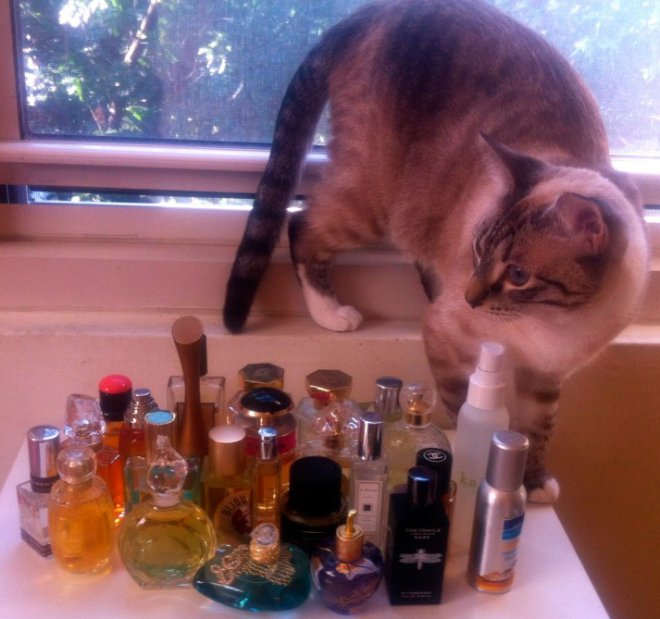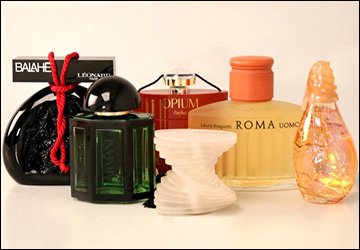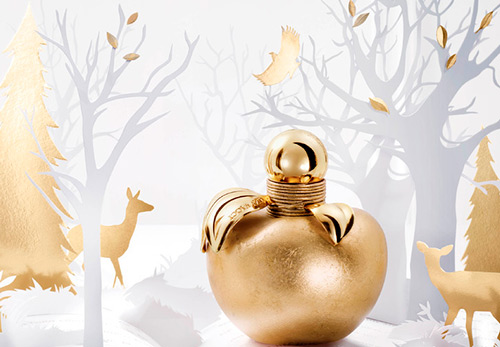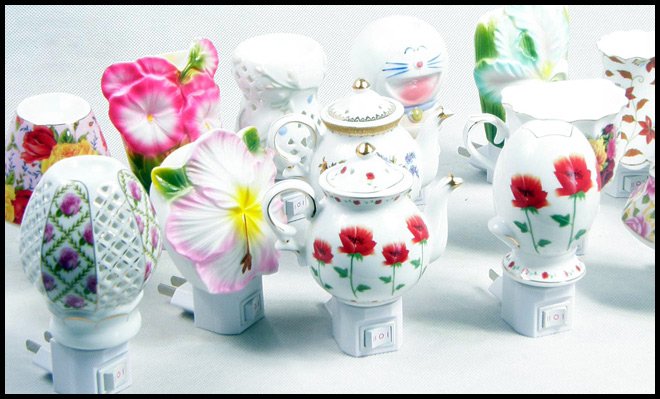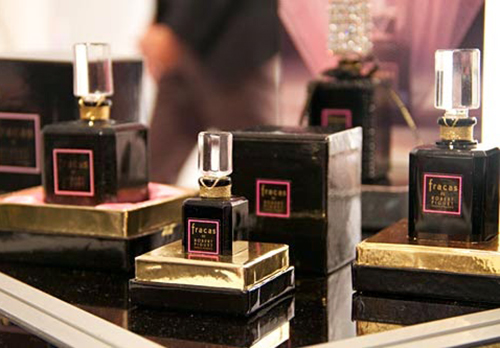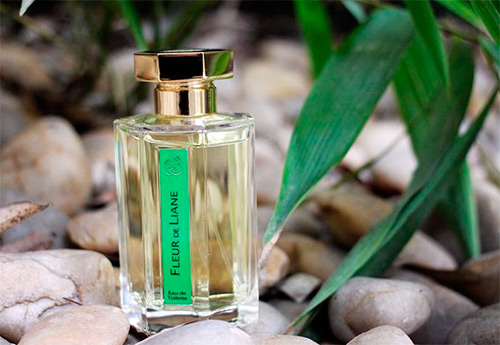Perfumery
«Let our thoughts - only fantasy, but this fantasy, thanks to the talent of the perfumer, finds an opportunity to come true "
Ernest Bo
Classification of fragrances by smell - floral, chypre and others ...
There are several different classification systems, but one of the first classifications of fragrances was proposed by Karl Linnaeus in 1756. However, aromas underwent a special study in the twentieth century.
Basically, scents are divided into 20-30 categories (amber, woody, floral, fruity, etc.). However, all classifications are subjective. Just like people, smells have their own character, their own style, their own individuality. If you know which group your favorite scent belongs to, then it will be easier to find another favorite scent, or maybe more. Now in the modern world everything is changing so quickly, and we are becoming changeable in the cycle of changes. We are carried away by one thing or another. We are trying to change ourselves, our image, our style. And this is not just an imitation of this or that, it becomes a need ... ..
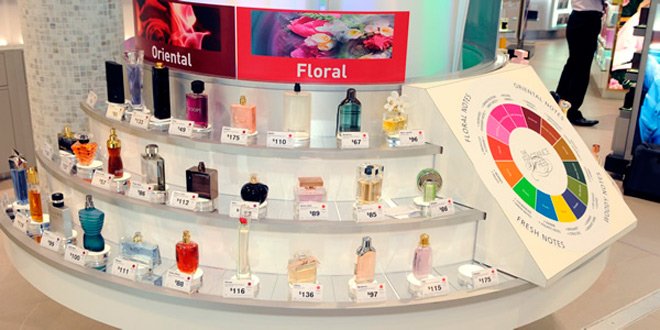
So what is the classification of fragrances?
There are French, German, American classifications. All European classifications are based on the predominance of certain components. However, they also change in the course of events, are replenished with new ones every year, new subgroups are formed. And some perfume companies have their own varieties of aromas. The most famous classification was proposed by the French perfume committee Comite Francais De Parfum. All fragrances are divided into seven main families: floral, chypre, fern (fougere), oriental (amber or oriental), hesperid (citrus), leather, woody. Each family is in turn divided into subgroups. There are, for example, floral-fruity, chypre-fruity, woody-aromatic, etc.
Let's consider the main classes of aromas.
Floral
This is, one might say, the largest family. Flowers are the dominant theme in this class. Moreover, the main note can be the smell of a single flower or a bouquet of flowers with additional notes - fruit, forest.
Chypre
The first Chypre, created by François Coty, contained a bouquet of patchouli, incense, oakmoss, and bergamot. It is these notes that characterize the chypre family. They have invigorating freshness and sweetness. Among them there are both fruity-chypre and floral-chypre, which are lighter and more delicate. They contain aromas of peach, mirabelle, lily of the valley, rose, jasmine.
Ferns (wine glasses)
In fact, the family of these odors does not smell like fern. Sometimes perfumers classify this family as a type of chypre. But more often they are identified in their own family, among which there are many male fragrances. In the aromas of ferns, there are the smells of lavender, coumarin, bergamot, the smells of woody notes and oakmoss. They have a fresh, slightly bitter smell. But they owe their name to the perfume of Ubigan (1882 - "Royal Fern"). There are aromatic-spicy fragrances that contain floral notes with a touch of spice, such as cloves.
Amber (oriental oriental)
Oriental aromas are bright, temperamental, with a spicy touch, with an exotic sound. These smells are sweetish, piercing, a little heavy, with a balsamic shade. These fragrances contain some of the most erotic and sensual: rose, jasmine, orange blossom, iris, sandalwood, vetiver, patchouli, musk, ambergris... In some classifications, odors containing more spicy substances are assigned to the spice group. The latter are less sweet, as the dominant note is shades of clove, pepper, woody notes and animal shades.
Citrus
For these aromas, extracts from the zest of bergamot, lemon, tangerine, and bitter orange flowers are used.This is the main chord of the family. They are combined with floral, most often jasmine, or woody notes. Sometimes subgroups are distinguished citrus floral-chypre, spicy citrus. In the latter, in addition to citrus fruits, cloves or peppers, nutmeg or vanilla are present. There is also a woody-citrus subgroup, in which woody notes are also present.
Leather
This family of fragrances originated in the 1920s, when emancipated women became addicted to cigarettes. The leather notes used in perfumery are artificial. Genuine leather does not have a very pleasant smell. Therefore, in the family of leather fragrances, the main note is a mixture of leather and other components. Among them, the actual leather, floral-leather, tobacco-leather stand out.
The aromatic accord in them is dry notes characterized by the smell of leather: light woody aromas with a smoky aftertaste, tobacco and floral notes.
Woody
A family based on sandalwood and patchouli with the addition of cedar or vetiver. At the beginning of the composition, there are citrus or lavender notes. The subgroups include pure woody aromas, woody spicy, woody aromatic, amber woody, woody leather.
At the end of the twentieth century of the last century, another new family of fragrances appeared - marine fragrances. The new smell - the smell of the sea air, the sea coast caused a wave of admiration when Kenzo Takada created Kenzo Pour Homme in 1991. The aroma of pure ozone, symbolizes the naturalness and purity of nature. Marine aromas are usually light floral with fruity notes such as peach or melon.
Today, fragrances have such a complex structure that sometimes it is difficult to assign them to a specific group. Sometimes the aroma includes substances of almost all groups. And most importantly, find your favorite.
Comments and Reviews
Add a comment
Rating news
Shades of clothing that make women look younger
What shades of hair make women younger: rules and photos
Funny wedding dresses - photos and ideas
12 most expensive down jackets for the winter
How to look 25 at 40: tips from supermodels
Beautiful schoolgirls
Anti-aging haircuts and hairstyles for women
Fashionable skirts for autumn and winter
Fashionable women's trousers for the cold season
Fashionable and stylish sandals for summer 2024
Spring-summer 2024
 Fashionable dresses and tops with thin spaghetti straps
Fashionable dresses and tops with thin spaghetti straps
 Bandana tops: how to wear stylishly and beautifully
Bandana tops: how to wear stylishly and beautifully
 How to put together the perfect men's wardrobe for the summer
How to put together the perfect men's wardrobe for the summer
 Trendy shorts for spring-summer 2024
Trendy shorts for spring-summer 2024
 Fashionable skirts for spring-summer 2024: a guide to online shopping
Fashionable skirts for spring-summer 2024: a guide to online shopping
 The most fashionable dresses spring-summer 2024: styles and colors
The most fashionable dresses spring-summer 2024: styles and colors
 Fashionable total look 2024: image ideas and trends
Fashionable total look 2024: image ideas and trends

